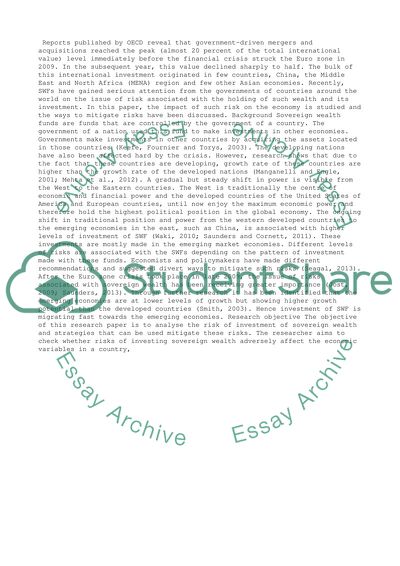Cite this document
(“PhD research proposal (Risk of investment of sovereign wealth and”, n.d.)
Retrieved from https://studentshare.org/business/1485871-phd-research-proposal-risk-of-investment-of
Retrieved from https://studentshare.org/business/1485871-phd-research-proposal-risk-of-investment-of
(PhD Research Proposal (Risk of Investment of Sovereign Wealth and)
https://studentshare.org/business/1485871-phd-research-proposal-risk-of-investment-of.
https://studentshare.org/business/1485871-phd-research-proposal-risk-of-investment-of.
“PhD Research Proposal (Risk of Investment of Sovereign Wealth and”, n.d. https://studentshare.org/business/1485871-phd-research-proposal-risk-of-investment-of.


